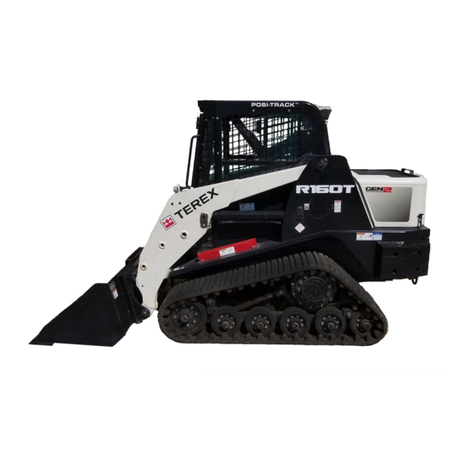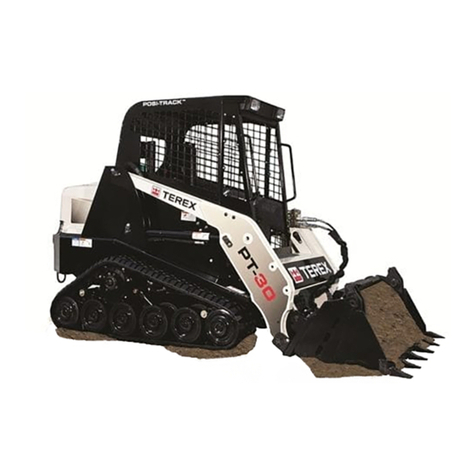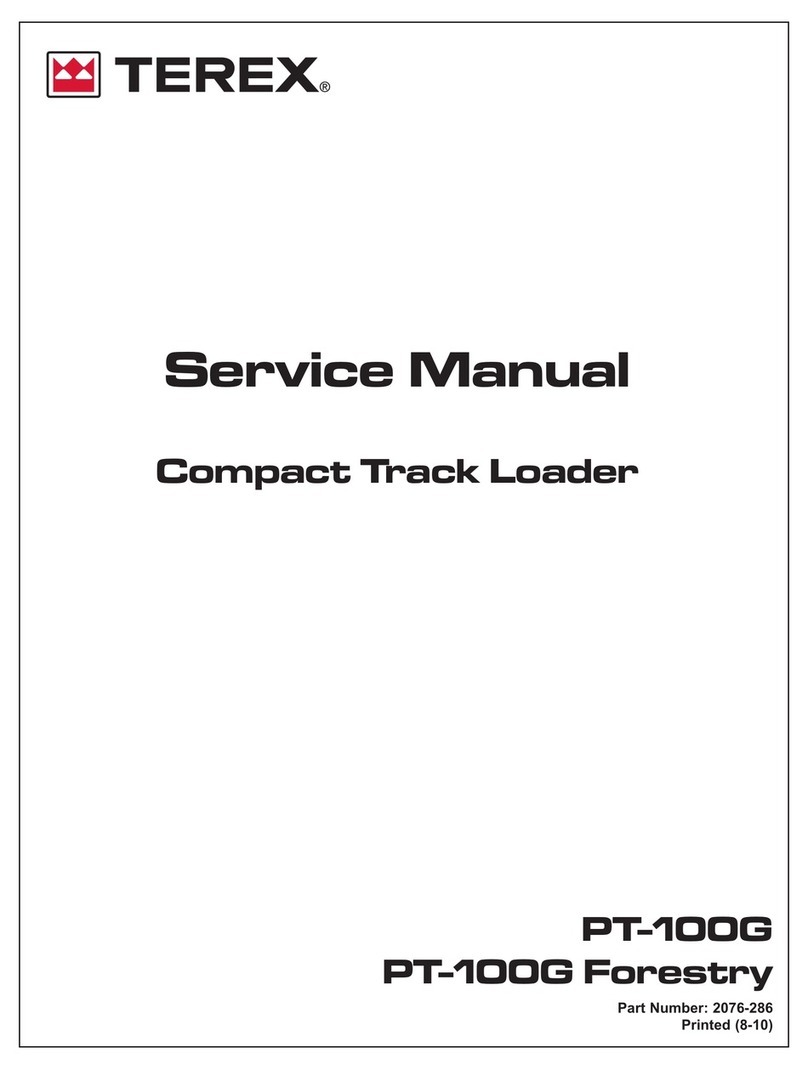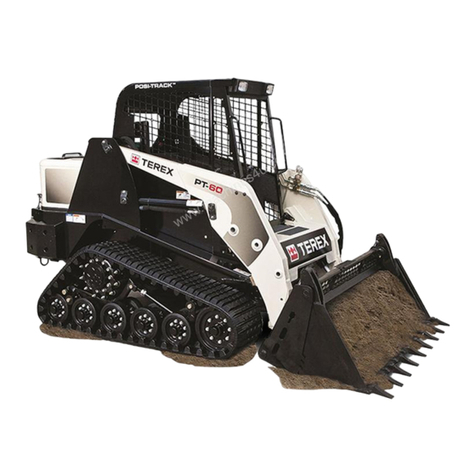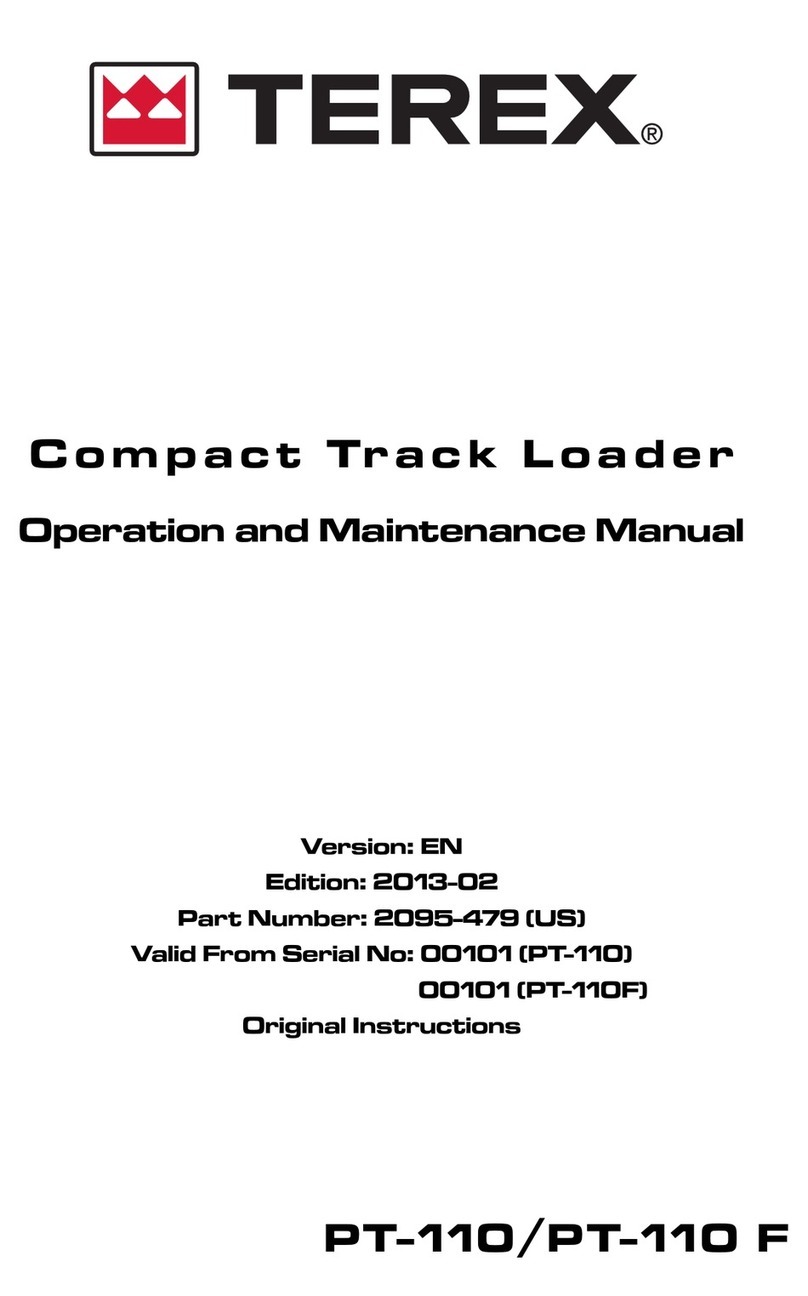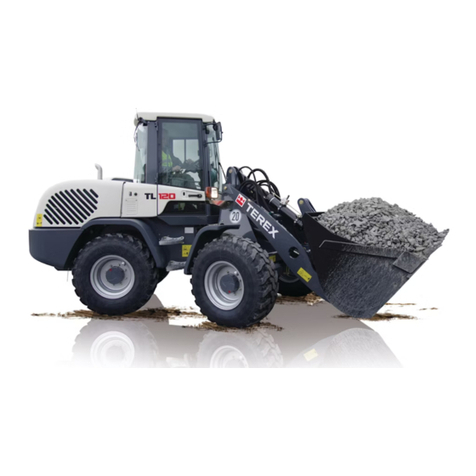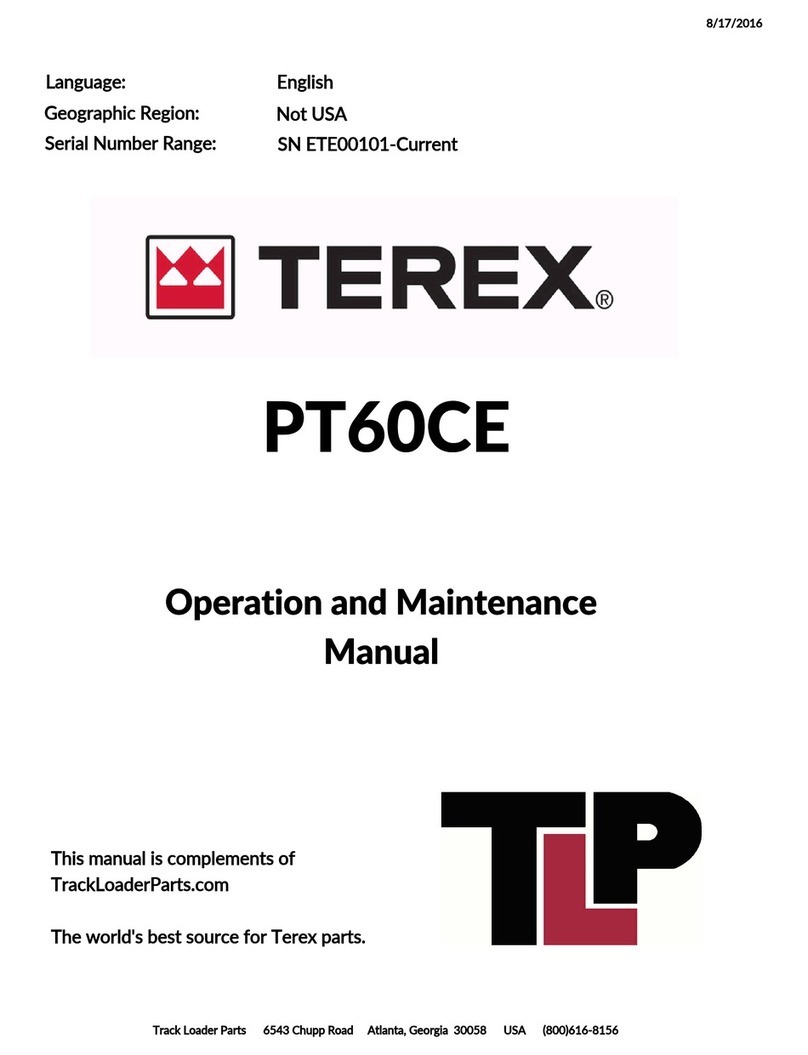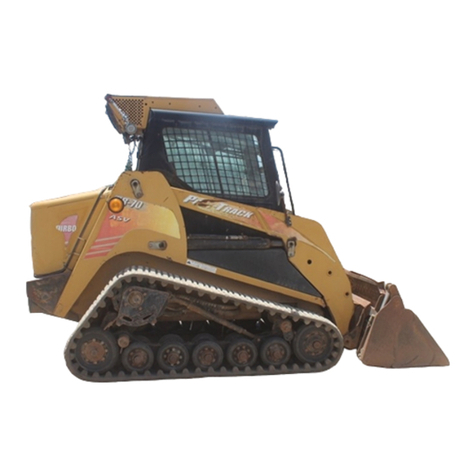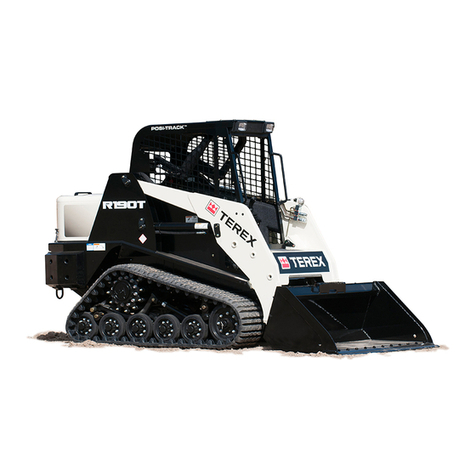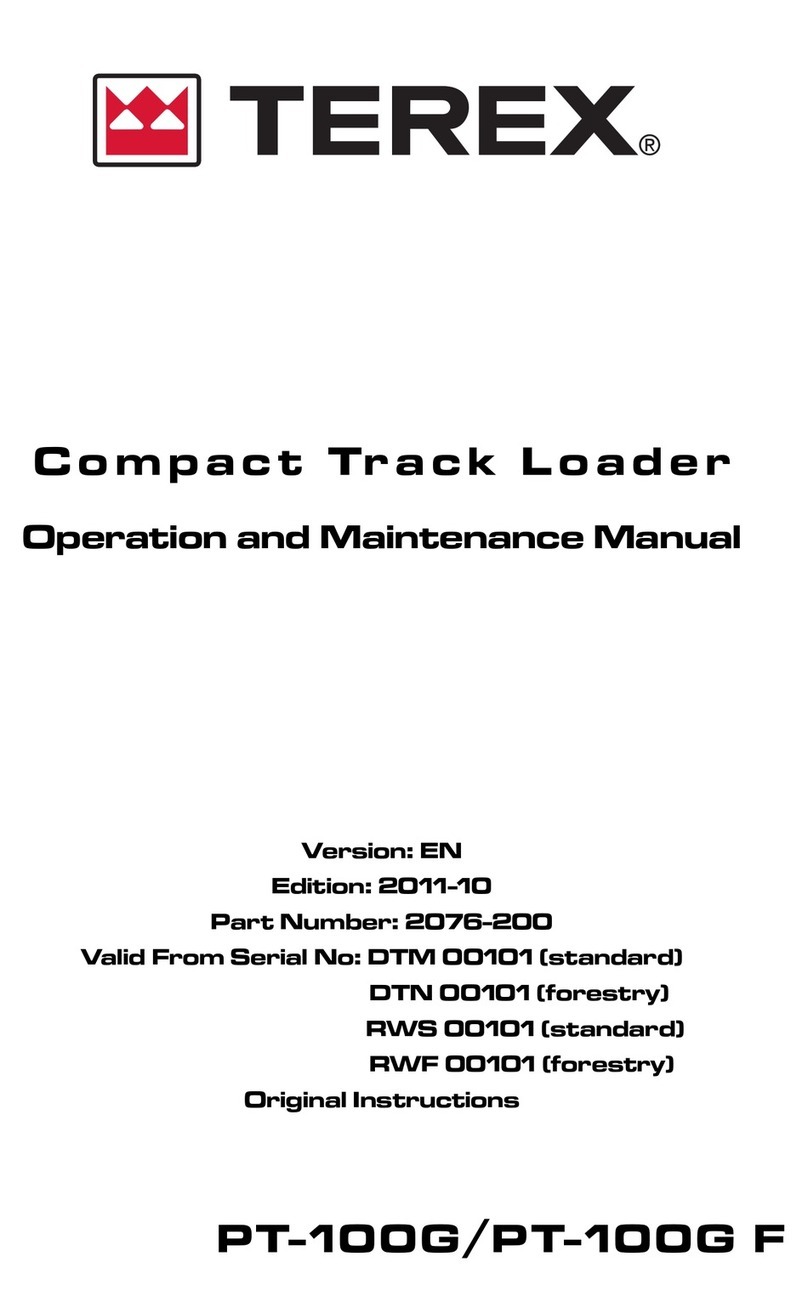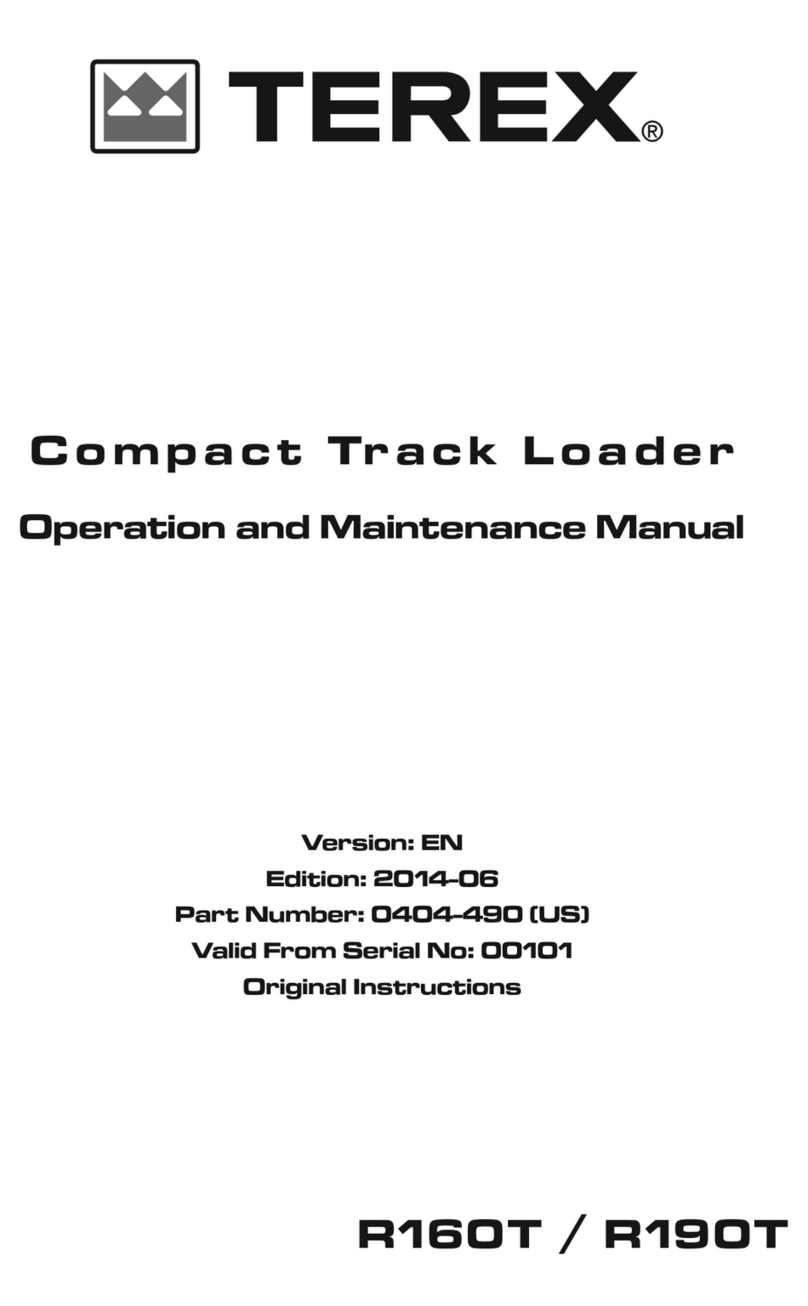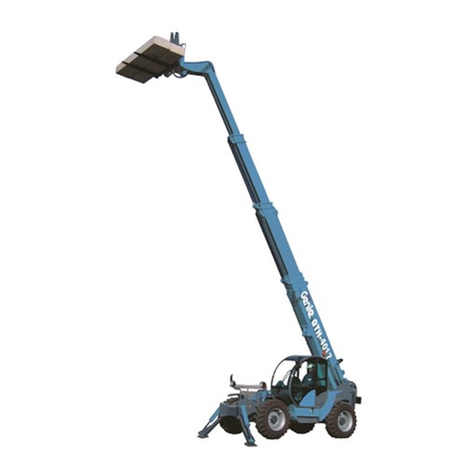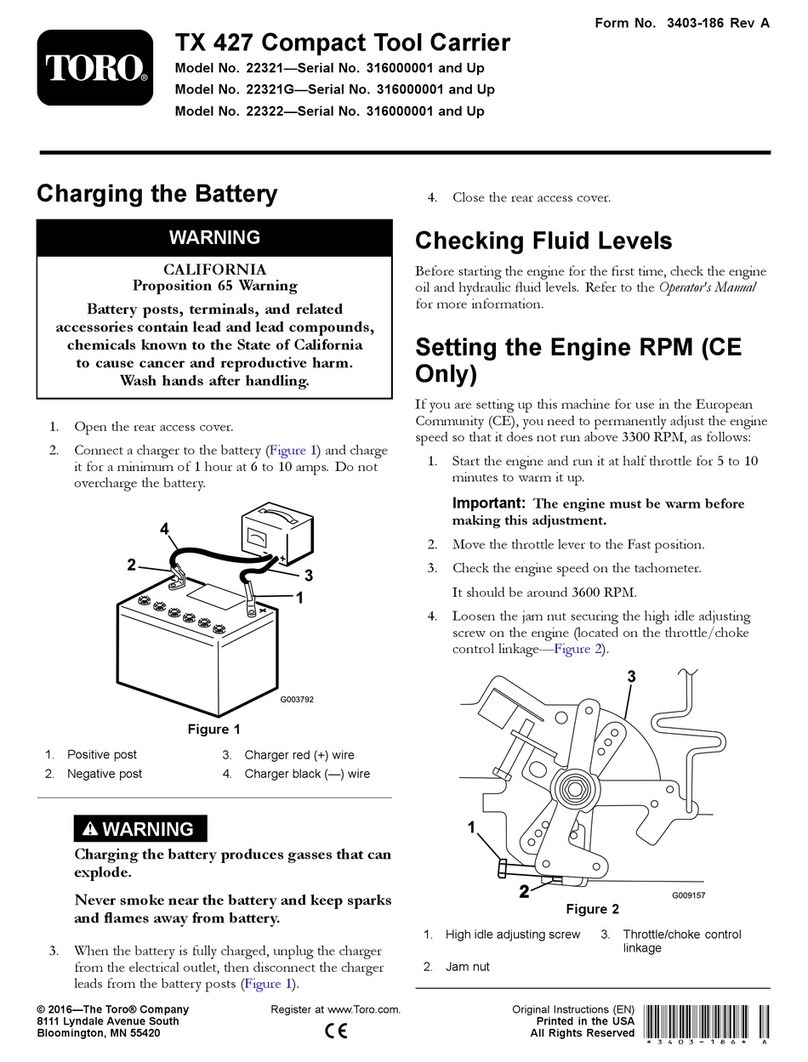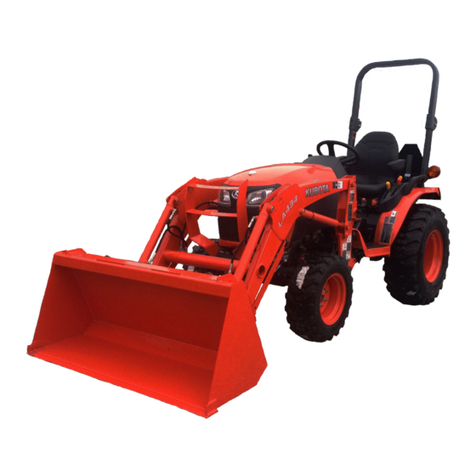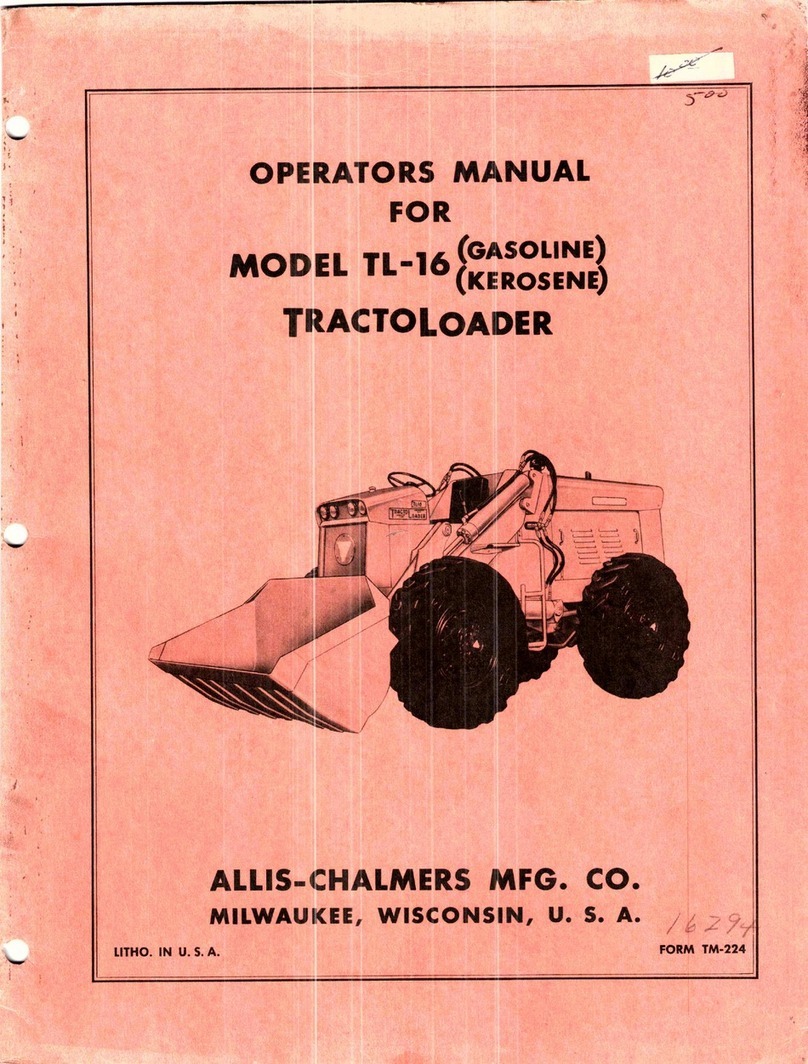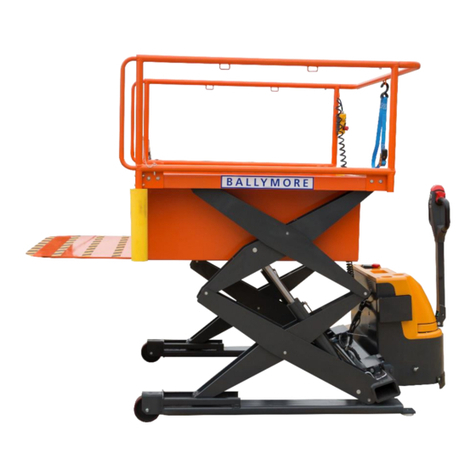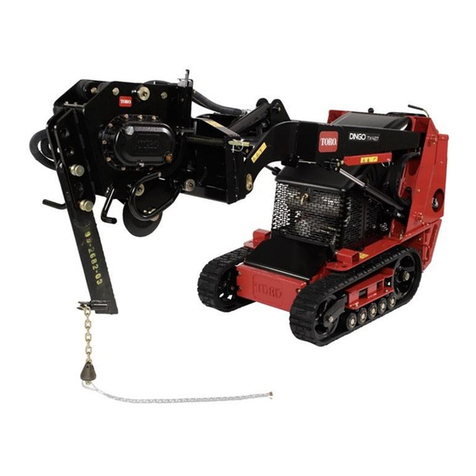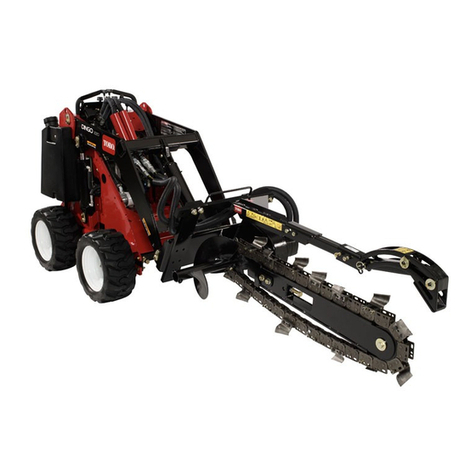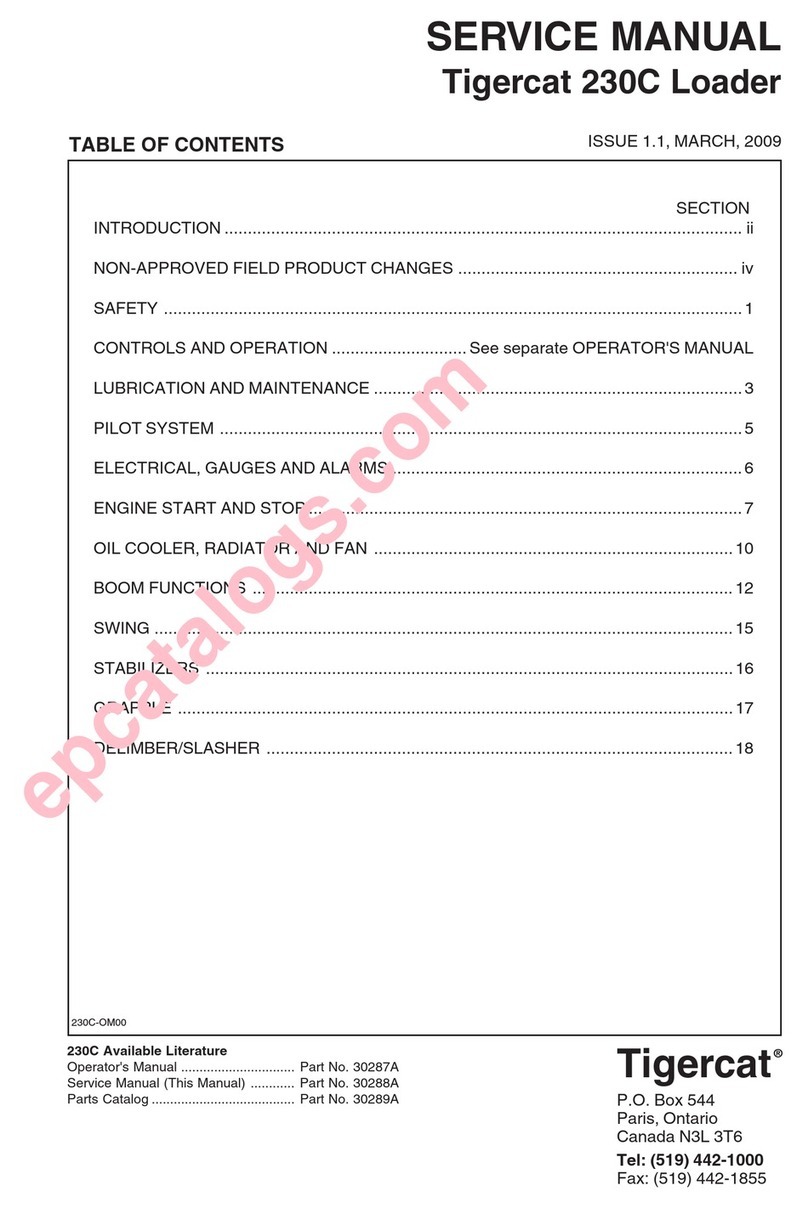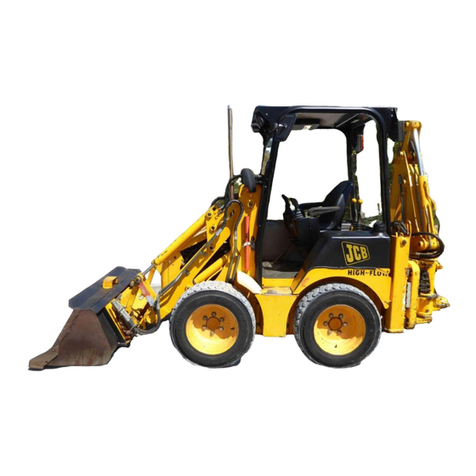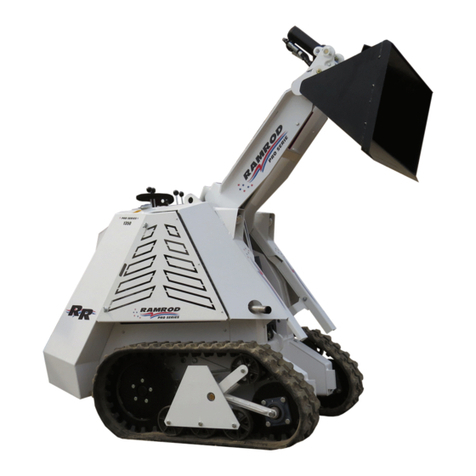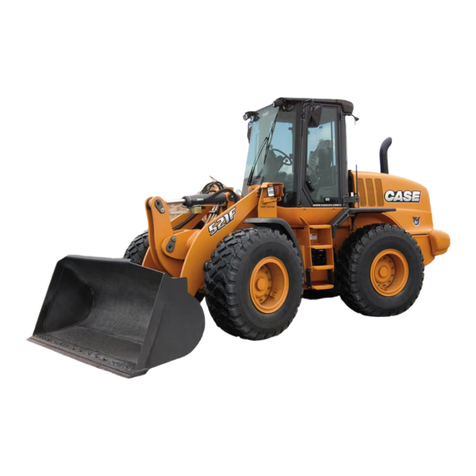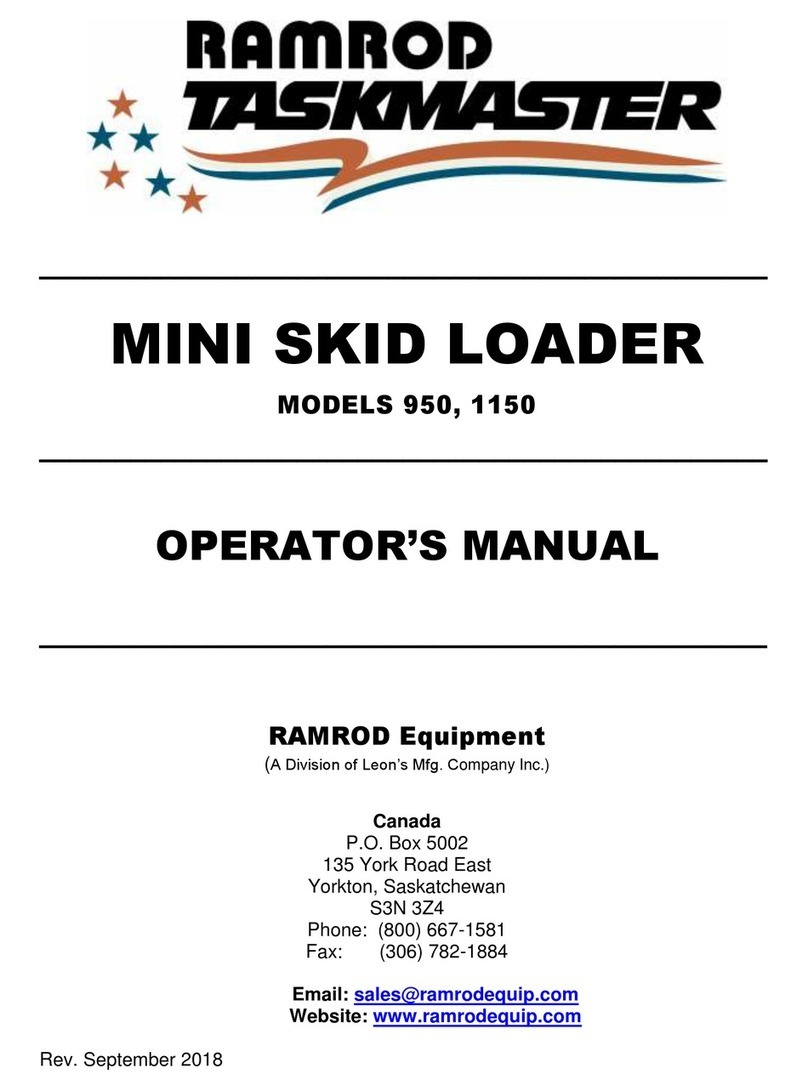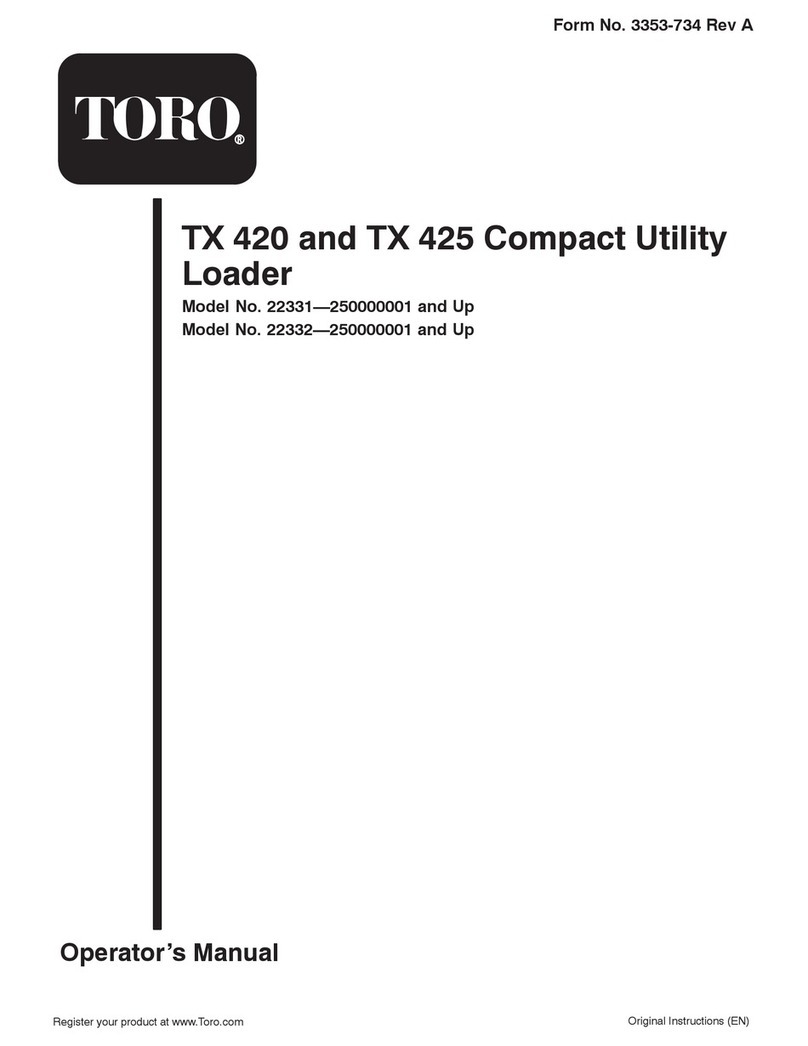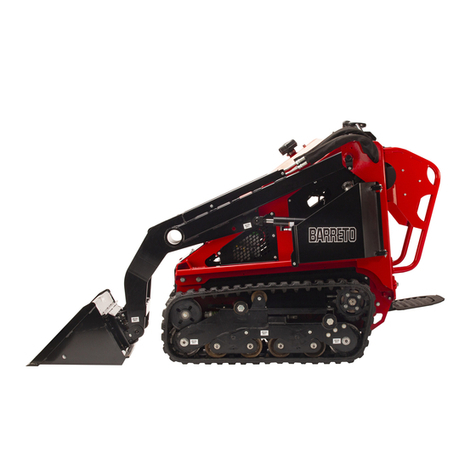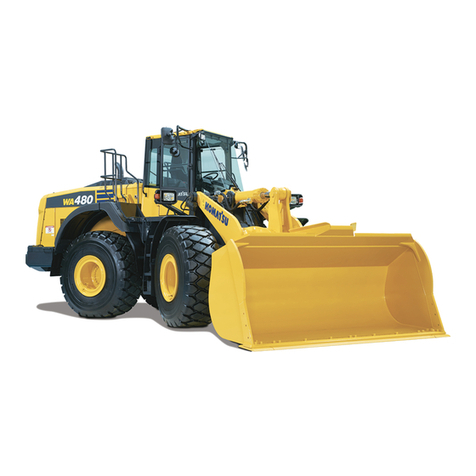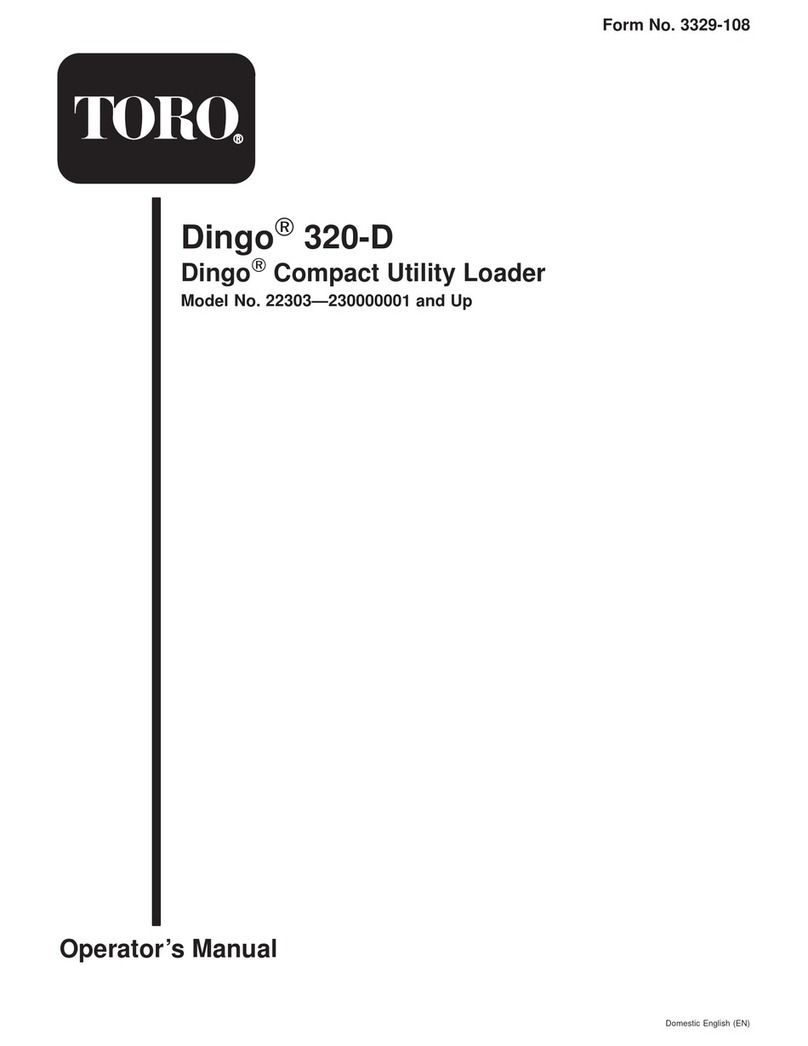1 INTRODUCTION
3
1.4 Intended Use
The machine with standard dirt bucket is intended to be used solely for work con-
sistent with its design. Such work involves loosening, collecting, transporting, and
distributing soil, rock, or similar materials as well as loading these materials onto
trucks, conveyors, or other methods of transport.
After installation of additionally approved special working attachments, the equip-
ment can be used for corresponding applications.
The operator must follow the enclosed operating instructions for any externally
supplied components or attachments.
Any use varying from that described here or any lack of adherence to the operat-
ing instructions, maintenance procedures, or replacement intervals described in
this manual shall be regarded as unintended or improper use. The supplier cannot
be held responsible for any damage resulting from improper use. This risk is
borne solely by the user.
1.5 Copyright
This manual is intended for use by personnel responsible for operation, mainte-
nance, repair, and supervision activities involving the machine described within.
This manual is copyrighted. It shall not, either in whole or in part, be reproduced,
transmitted, or used for the purpose of competition without our prior written con-
sent.
1.6 Warranty
Your Terex TSV is warranted under the Terex Skid Steer Loader Standard Limited
New Product Warranty (“Warranty”). A copy of the Warranty certificate is included
with this manual and is also available from your Authorized Terex Distributor.
